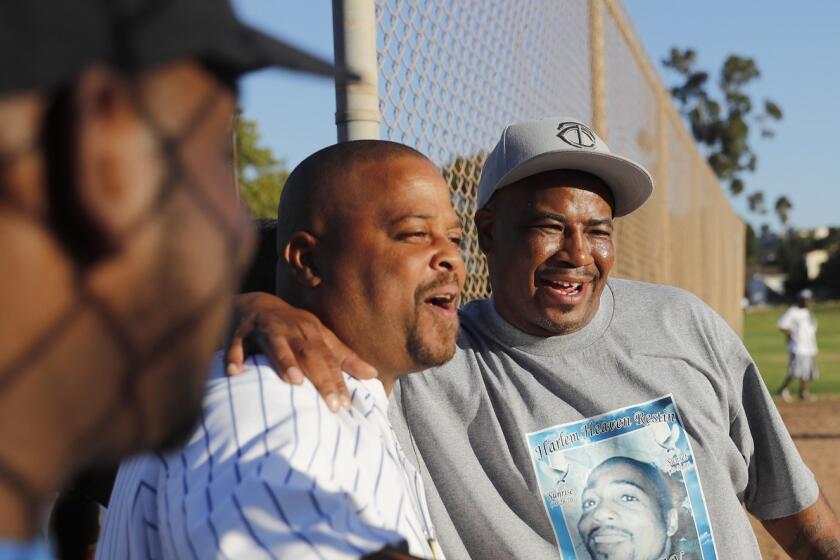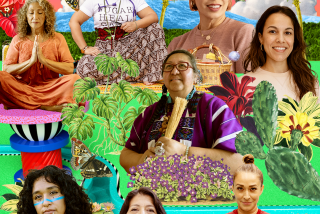For gang outreach workers, wrestling with psychological scars now part of the battle
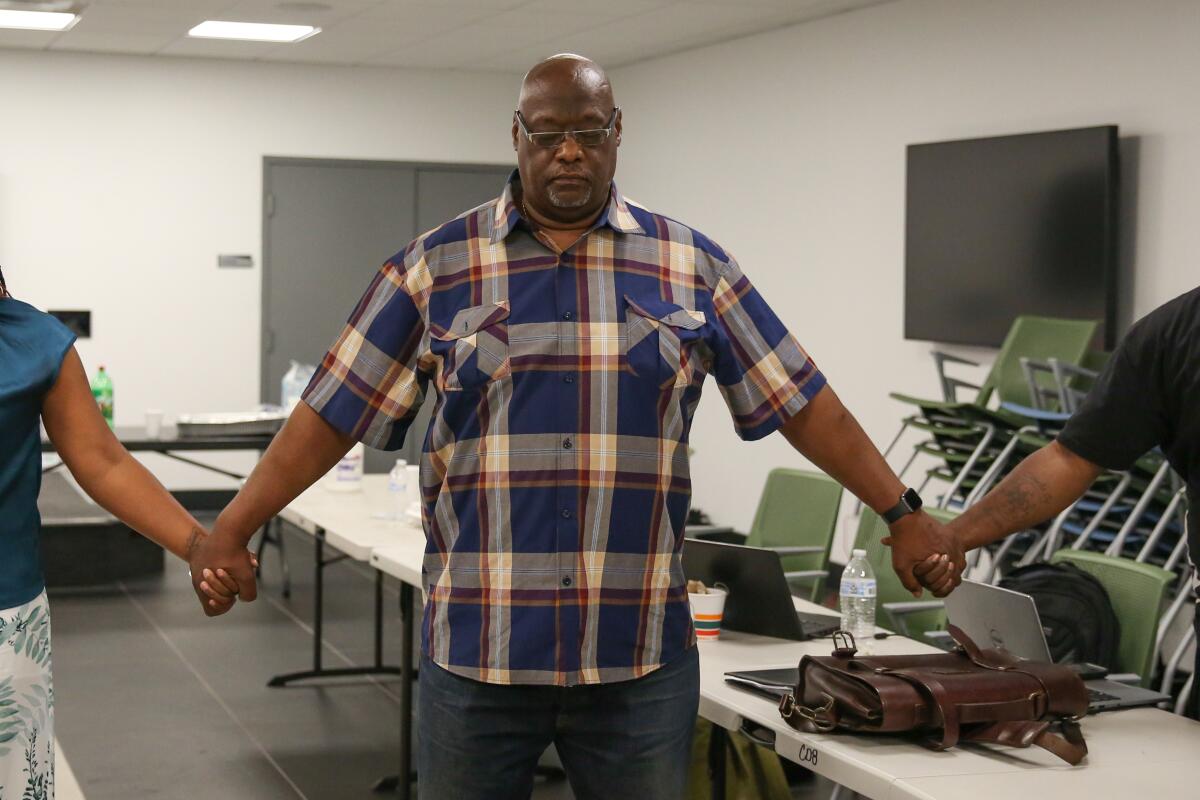
Kevin “Twin” Orange can still recite the names of the ones he couldn’t save, even if time has blurred his memory of when and where they died.
For years, whenever his phone rang with news of a shooting in his corner of South Los Angeles, the veteran gang interventionist would race to the scene to comfort grieving relatives and friends, while doing his best to tamp down any talk of retaliation.
But even as he tried to put on a strong face in front of others, the stress and trauma of more than a decade of peacemaking began to catch up to him. He had always kept those feelings bottled up, pride preventing him from asking for help.
“In our community that’s taboo, so when you talk about trauma, I think that’s like a soft word to talk about mental health,” said Orange, who runs the street outreach group Advocates for Peace & Urban Unity. “It’s unresolved trauma, and I think it stems back to before we was even born, that our parents passed on to us.”
Orange, 59, had his first panic attack at age 35 or 36, not long after being shot. It is an incident he’d rather not discuss. While recovering from his injuries, he was lying down at home when his body suddenly seemed to seize up: “I felt like I was having a heart attack.”
With the renewed interest in their work amid the national debate over reimagining public safety, Orange and others are advocating for better mental health resources for the men and women he calls peacemakers, who he says must take care of themselves before trying to help the young people they work with.
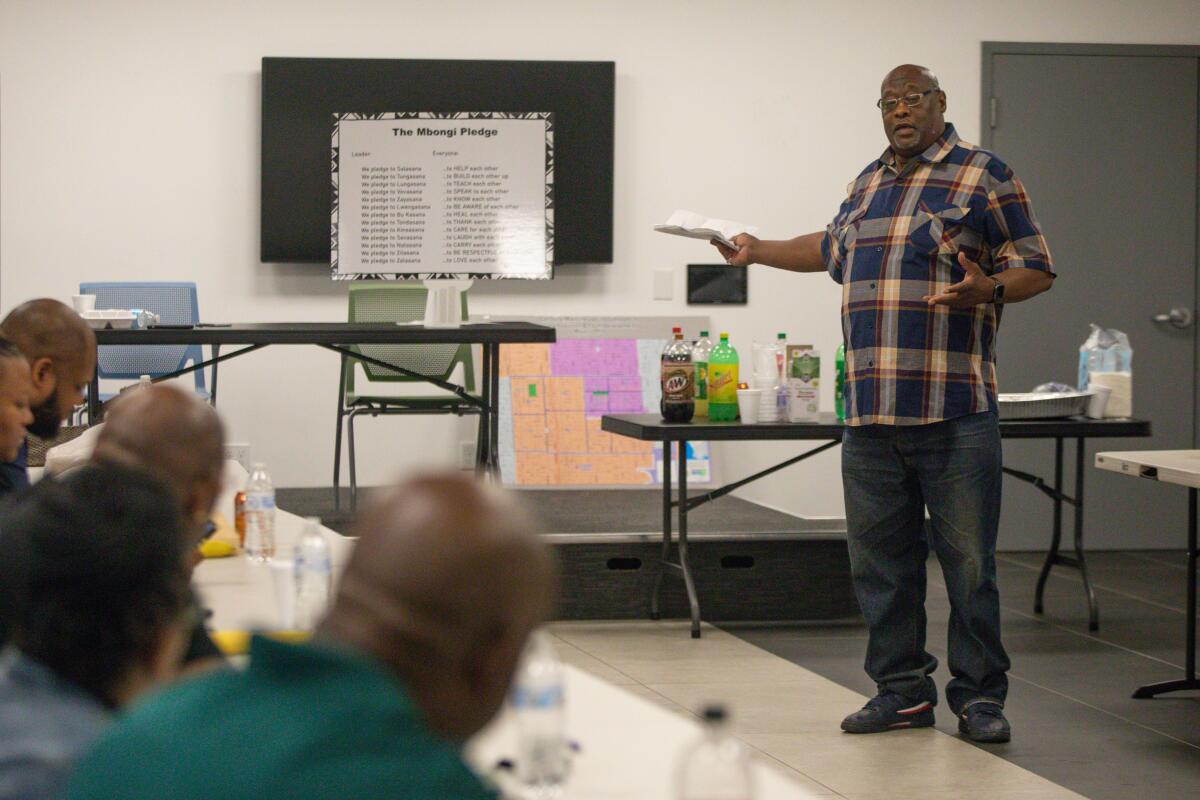
A 2021 University of Illinois-Chicago report found that many violence prevention workers grapple with post-traumatic stress disorder “as a result of witnessing shootings and their aftermaths, as well as engaging with victims of violence and family members related to victims.”
Some felt judged over their lack of a formal education. Others described the sense of unease about coming in contact with police and probation officials — a source of trauma in the past.
Judith Moskowitz, a professor at Northwestern University’s Feinberg School of Medicine in Chicago, said the suffering that interventionists see on the job is compounded by the “bigger trauma of racism and indirect exposure and direct exposure to violence in themselves.”
“A lot of the front-line workers, you know, they live in the same communities where they work, so they are exposed outside of work to violence,” said Moskowitz, who was not involved in the study. “If you come with this background, and this previous experience with trauma, this adds to it and can sort of quickly overwhelm you if you don’t have a good set of coping skills.”
For many, said therapist Joel McLafferty, the work is a calling, a way to atone for their days of gangbanging, which can turn into a 24/7 job from which they can’t afford to unplug.
They know a missed phone call could mean the difference between life and death, he said. And because most grew up in the neighborhoods they now work in, they share in the anger and grief when someone from the community is killed.
“Funerals and vigils are the ‘small-T trauma,’ which just grinds up somebody’s central nervous system, which is just kicking out all these chemicals, such as cortisol or adrenaline, that just sort of eat them up,” said McLafferty, who has worked with interventionists at his practice in Gramercy Park.
Not to mention, he added, working in their old neighborhoods or venturing into former rivals’ territories brings its own risks, in a world where respect is everything and past slights can always come back to bite.
Many are also dealing with other stressors, which include navigating the arcane bureaucracies of City Hall and trying to reach through to a younger generation of gang members who see them as working with the police. Some still feel the lure of their old ways.
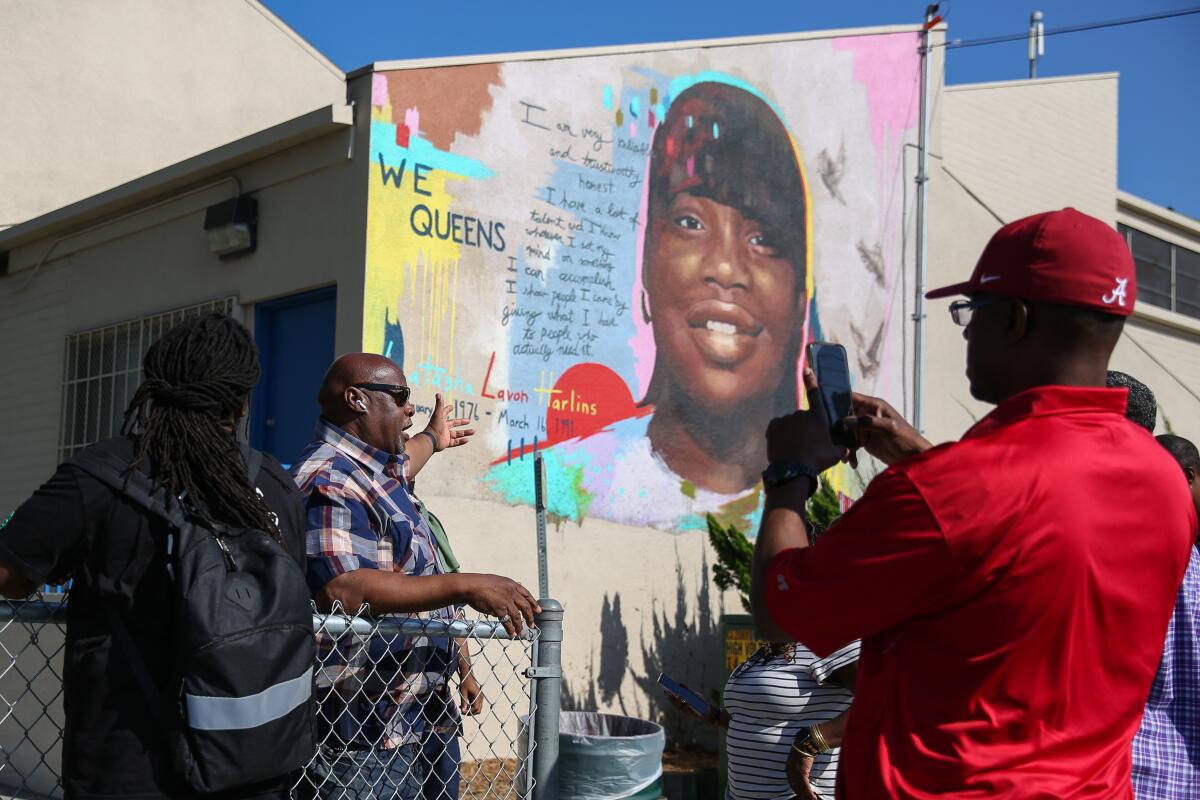
Living in a state of constant worry about their own safety and the safety of the young people they work with can lead to chronic stress, according to McLafferty.
This also makes it more difficult to tell when something is wrong within themselves and to seek help. It’s like rewiring a smoke detector in a burning building, he said.
Some interventionists say that before seeking help they must overcome a culture that discourages opening up to others.
When the anxiety became too much for Orange to bear, he finally went to see a therapist, but stopped going after a few sessions because “the next thing I know, he was writing a prescription.” Instead, Orange sought out an herbalist, who touted natural cures for overcoming his anxiety.
He eventually went on a full-body cleanse, switching up his diet to include less meat and more leafy greens. He stopped eating at the fast-food restaurants dotting South Vermont Avenue after reading that eating too much sugary, high-fat food could affect his mental health. He also started practicing breathing techniques to calm himself in stressful situations.
To Stephanie Biddle, growing up as a Hoover Crip has been both a blessing and a burden.
It gives her credibility with certain younger gang members leery of outsiders, but it also has made her witness to countless funerals and vigils over the years.
She remembers having to fight her way walking to and from school through territory claimed by rivals, the Main Street Swans and East Coast Crips. More than a few of her friends didn’t live to see adulthood.
Sometimes, the threats she faced wore a uniform. As a teenager, she remembers family barbecues broken up by police enforcing gang injunctions, watching as her relatives were pushed against a wall while officers shouted at them and rifled through their pockets.
“How do we get the healing part of something that we thought was normal growing up in our community?” said Biddle.
Like Orange, she was reluctant to see a therapist, few of whom looked like her or could relate to the difficulties she faced growing up. But she finally settled on a psychiatrist, who showed Biddle how to recognize the physical symptoms of stress from work and taught her breathing exercises to “send our pain” away.
“You would be amazed how you can breathe in and send that air to certain pain through your body where it’s hurting at,” she said.
In recent years, Garry “Twin” Dorton had started using his street cred to mediate between rival gangs and mentor young people. But there is a hard truth to gang-banging. You can never leave it behind, no matter how cleanly you live.
Interventionists’ hesitancy around counseling is rooted in part in the long tradition of systemic racism within the nation’s healthcare system.
Experts say only a third of Black Americans who need mental health care actually get it. According to the U.S. Department of Health and Human Services Office of Minority Health, Black adults nationwide were more likely than white adults to report persistent symptoms of emotional distress even before the pandemic, which has disproportionately affected communities of color.
And gang interventionists’ work has taken on even more prominence in the post-George Floyd era, with progressives pushing to shift money from law enforcement budgets to, among other things, neighborhood-based programs that emphasize a public health approach to reducing crime.
City and police leaders have credited their efforts for a nearly 20% decline in gang shootings compared with this time last year, even as the total number of shootings has gone up slightly in that span.
Yet for all the interest around the work, many interventionists have long been underpaid and lacked benefits, said Fernando Rejón, executive director of L.A.’s Urban Peace Institute.
“There’s never been an investment in them, beyond the level of ‘you should just be happy to have a job,’” he said. At the same time, “mission creep is real.”
He pointed out that nonviolence workers, who embraced a new public health role at the height of the pandemic, are forced to “compartmentalize” to deal with the steady pace of shootings. As COVID-19 cases started to mount, interventionists — who were deemed essential workers by the state — continued serving their neighborhoods by passing out protective gear and educating people about the coronavirus.
“It’s like an invisible workforce, and they’re asked to do a lot,” Rejón said.
In January, the Peace Institute organized a retreat for gang outreach workers on Catalina Island. They participated in a healing circle, during which they discussed their experiences with both street and police violence. They hung out on the beach for much of the day, where cell service was bad.
Several attendees complained about being bored, Rejón said.
“And I told them: ‘Good. You’re supposed to be bored.’ Part of the burnout and anxiety is like all of the chaos,” he said. “When you’re in the stillness, you’re supposed to reflect and think.”
Rejón’s group is one of several pushing the city’s office of Gang Reduction and Youth Development for millions more in funding to hire and train workers, as well as provide them with personal protective equipment and hazard pay to reflect their front-line status during the pandemic.
In Chicago, Moskowitz received a $400,000 federal grant to begin a pilot program to reduce burnout among intervention workers there. The program, called Fostering Optimal Regulation of Emotion to prevent Secondary Trauma, involves a regimen of self-care that has been tested on others who suffer from trauma, such as people with depression or dementia, AIDS caregivers and high school students.
“Sense of meaning and purpose in their work is really a driving force and why they continue to do it and why they can sort of weather the stresses of their work,” Moskowitz said.
Interventionists are taught coping skills, such as savoring positive moments, exercising regularly and taking “mental health days” off when needed. But in focus groups, some workers suggested a more “trauma sensitive” approach, pointing out, for instance, that mindfulness training can be triggering for some, because it requires a person to sit with sometimes uncomfortable and challenging emotions.
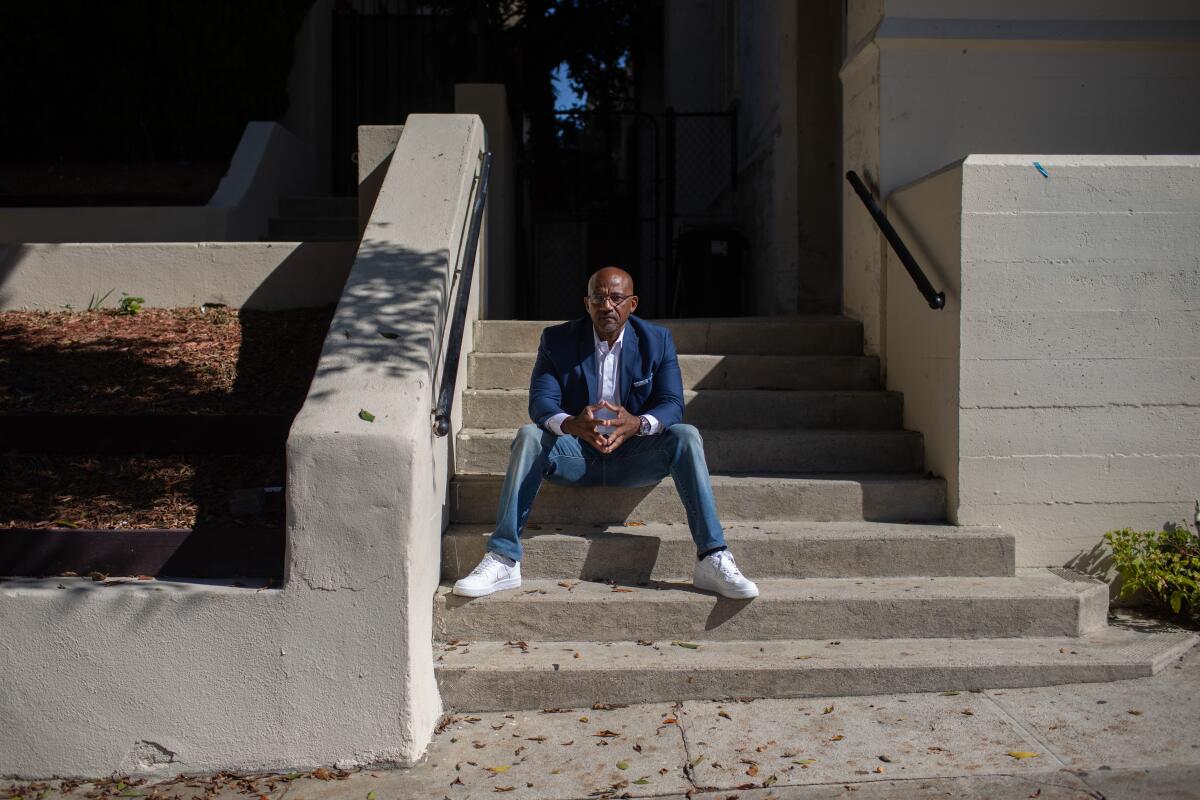
Tim Kornegay, who runs an intervention group in Los Angeles, said there’s a need for outreach workers to get “more in touch with their real feelings and not the feelings that they manufacture in order not to feel vulnerable.”
A group called Empower Initiative organized several trips to Alabama for peacemakers and faith leaders from across the Southland to tour civil rights landmarks as a way to ground themselves spiritually while retracing the path of the 1960s Freedom Rides that fought segregation in the South.
Between visits to the 16th Street Baptist Church in Birmingham and the Edmund Pettus Bridge in Selma, Kornegay and the others stopped by the National Memorial for Peace and Justice in Montgomery, also known as the “Lynching Museum,” where they learned about slavery in the American South and its continuing legacy.
As difficult as it was to see, Kornegay said, the experience left an impression both “emotionally and spiritually.”
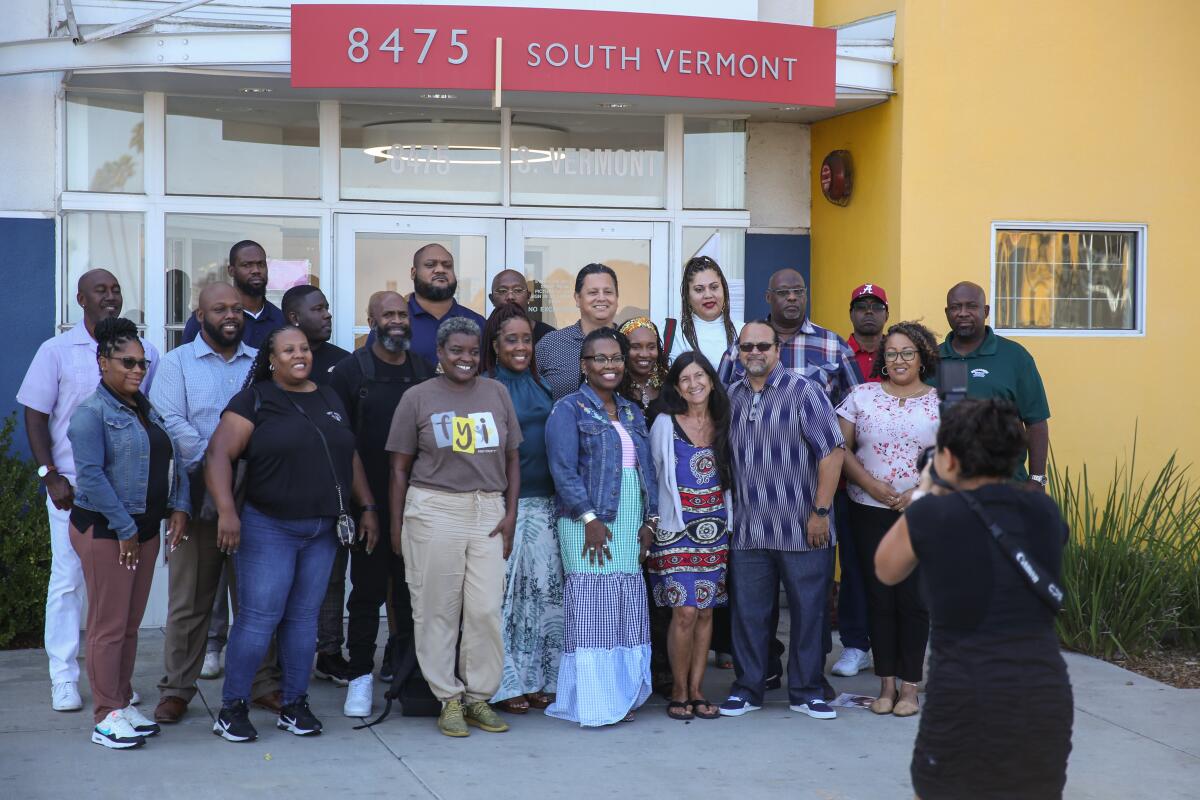
He said many of the front-line workers he knows have gotten good at compartmentalizing their emotions. This, he said, can prove tricky when navigating complex street politics, where some community members accuse peacemakers of working too closely with law enforcement, while some police officers will only ever see them as gang members.
After 16-plus years of intervention work, Orange understands the emotional toll of losing someone to street or police violence — the unbearable sadness and anger, eventually giving way to numbness. He has had to bury several of those closest to him, including his twin brother and a cousin.
The death of one young man hit him particularly hard.
Like many of those with whom Orange worked, this young man couldn’t completely leave the gang life behind no matter how many programs he enrolled in. But as he got older, his mind-set gradually shifted. He started following Orange as he made his rounds, talking to kids and imploring them not to follow the path he once did.
After the man was gunned down, Orange barely slept, spending weeks checking in on the man’s loved ones and quashing rumors before they could lead to worse violence.
Orange said he almost reached his breaking point during a particularly violent stretch of days in 2015 in which he was called from one crime scene to the next. The city was on edge after a gang vowed 100 days of violence over the slaying of one of its members, sparking alarming hashtags such as #100days100nights and #PrayforLA on social media.
Though the expected crime wave never materialized, he couldn’t help but think, “Who’s gonna be next?”
He couldn’t afford to stop — to take time to grieve — he told himself; not while there was the threat of retaliatory violence.
“It’s almost like a football player. You’ve almost got to forget every bad play and move on to the next one,” he said. “I can’t live with this every day, because it would stop me from helping somebody else.”
More to Read
Sign up for Essential California
The most important California stories and recommendations in your inbox every morning.
You may occasionally receive promotional content from the Los Angeles Times.
